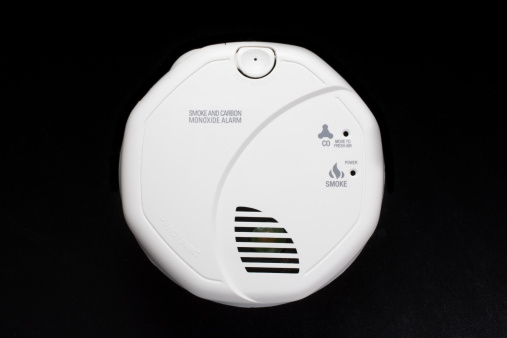Carbon Monoxide (a.k.a. CO) is a gas that doesn’t have any color, odor or taste. It’s produced by appliances that generate combustible fumes by burning gas, wood or another type of fuel. This can be dangerous if too much of this substance accumulates within a contained or poorly ventilated room.
What is Carbon Monoxide Poisoning
A person can get carbon monoxide poisoning whenever there’s too much of the substance in the air and you’re exposed to it. Whenever this happens your ability to absorb oxygen is greatly diminished and serious damage to your tissues can occur. Sometimes this can lead to the loss of consciousness or it may even lead to death. If you’re intoxicated or asleep whenever you’re exposed to CO gas the likelihood of dying is increased because you probably won’t even notice the symptoms before it’s too late.
The Signs of Carbon Monoxide Poisoning
Unfortunately, the signs of carbon monoxide poisoning are very subtle. Nevertheless, this condition should always be considered a life-threatening medical emergency for which you should seek immediate medical attention. As was mentioned earlier, the symptoms are very vague whenever they first begin with the first signs being that of a headache or the feeling of being light headed. If the exposure to this gas continues, then the symptoms will progress. They will then include difficulty breathing, dizziness, fainting, nausea, pounding of the heart, vomiting and weakness. Your skin may also look pink or cherry red.
Treating Carbon Monoxide Poisoning
Once carbon monoxide poisoning occurs you’ll want to immediately remove the person from the gas source and call upon emergency medical professionals. They will need to use an oxygen mask to give the person some pure oxygen, especially if the person isn’t breathing on their own. Whenever this is discovered early enough, it’s likely that they will fully recover. However, a severe case can leave a person with nervous system problems.
Preventing Carbon Monoxide Poisoning
In order to prevent carbon monoxide poisoning from happening within your home, you’ll want to check each of your fireplaces, furnaces, heaters and stoves to make sure that they’re working correctly. It also helps to install a CO detector in your home.
Category: Carbon Monoxide Poisoning, HVAC System Tags: Carbon Monoxide Poisoning, What is Carbon Monoxide Poisoning


